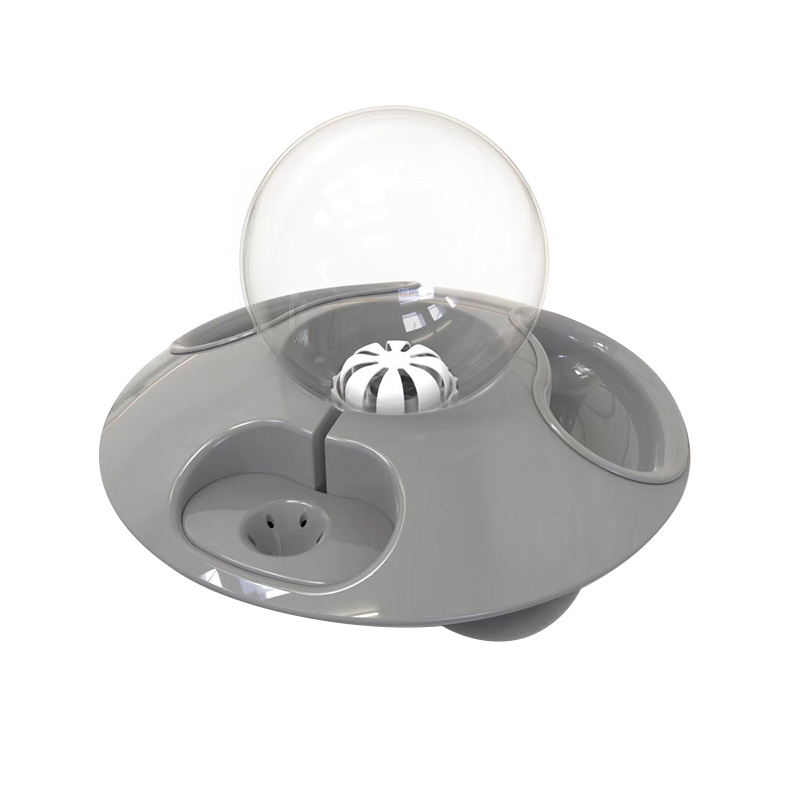Feeding pets may appear to be a simple task, but recent insights into animal behavior and digestive health highlight the importance of controlled eating habits. Many pet owners are now turning to structured mealtime tools such as the Slow Food Bowl and the pet food feeder to encourage healthier feeding practices. Understanding the science behind slow feeding reveals why these products are becoming valuable components of responsible pet care.

The concept of slow feeding is based on the principle that pacing the intake of food supports better digestion and reduces health risks. Pets that eat too quickly may swallow large amounts of air along with their food, causing bloating and discomfort. Fast eating can also cause choking or vomiting. By using a Slow Food Bowl, pets are encouraged to take smaller bites and chew thoroughly, as the bowl’s textured surfaces and ridges create natural barriers to rapid eating.
Scientific studies show that slower eating contributes to improved saliva production and mechanical digestion in the mouth. These early stages of digestion are crucial for breaking down food before it reaches the stomach. By encouraging pets to eat more slowly, the Slow Food Bowl supports better nutrient absorption and reduces the likelihood of gastrointestinal upset.
In addition to the Slow Food Bowl, a pet food feeder plays a complementary role by regulating the timing and portions of meals. Structured feeding schedules, enabled by pet food feeders, promote metabolic balance and help maintain a healthy weight. Regular meal intervals reduce the risk of overeating or begging behaviors that may arise from irregular feeding patterns.
The interplay between the Slow Food Bowl and the pet food feeder highlights an integrated approach to pet nutrition. While the feeder controls “when” and “how much” a pet eats, the Slow Food Bowl influences “how” the food is consumed. Together, these tools create a feeding environment that supports both physical and behavioral health.
Slow feeding also provides mental enrichment. Pets must engage in problem-solving when navigating the obstacles within a Slow Food Bowl, which stimulates their cognitive functions. This engagement can reduce boredom-related behaviors such as chewing or excessive barking, which sometimes arise when pets eat too quickly and have little to do afterward.
Moreover, the design of Slow Food Bowls can be tailored to different breeds and sizes. Smaller bowls with subtle ridges suit cats and small dogs, while larger, more complex designs address the needs of bigger breeds or pets with particularly fast eating habits. Similarly, pet food feeders come in various formats — from gravity-fed bowls to programmable electronic dispensers — allowing owners to customize feeding routines to their lifestyles.
Veterinary professionals often recommend slow feeding as a non-medical intervention for pets with digestive sensitivity or behavioral issues related to mealtime. Using a Slow Food Bowl and a pet food feeder together can alleviate problems such as gastric dilatation, regurgitation, and food aggression.
Finally, adopting these tools can enhance the owner-pet relationship by creating calm and predictable feeding sessions. Pets accustomed to a measured feeding routine are less likely to experience anxiety or stress around mealtime. This contributes to overall welfare and quality of life.
Choosing the right combination of slow feeding tools can promote healthier habits and contribute positively to a pet’s daily routine.


 English
English Español
Español Deutsch
Deutsch

